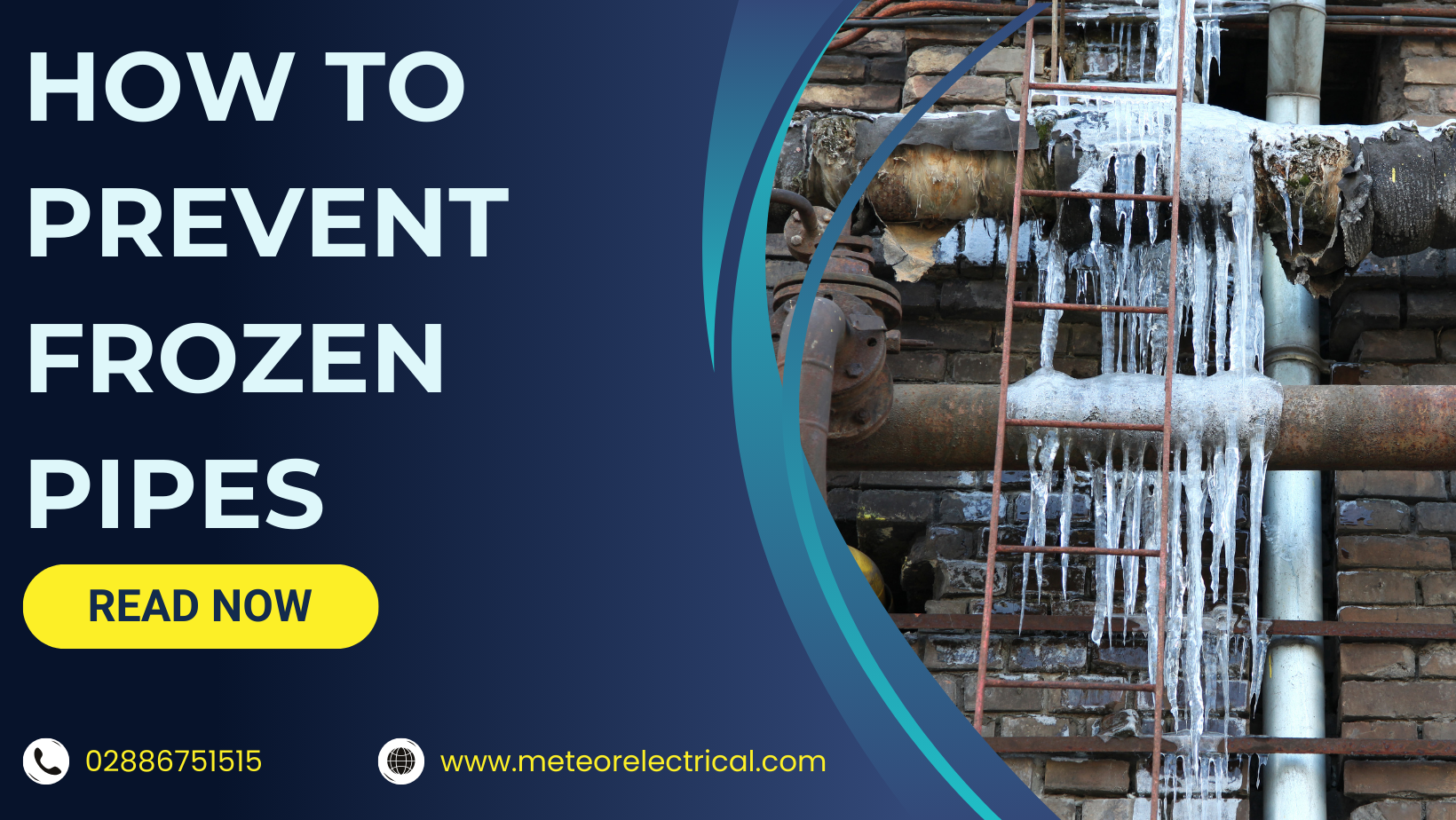How to Spot & Prevent Frozen Pipes
With the current cold snap coming into effect, the decreasing temperatures leave your plumbing vulnerable to freezing and bursting. Not only can this cause an inconvenience to your everyday living, it can also cause severe damage to your property.
With the current cold snap coming into effect, the decreasing temperatures leave your plumbing vulnerable to freezing and bursting. Not only can this cause an inconvenience to your everyday living, it can also cause severe damage to your property.
4 Signs To Look Out For
There are 4 signs you can look out for which can help you identify if your pipes are frozen and prevent them from bursting.
A sudden drop in temperature – below 0 degrees Celsius. Frost has accumulated on the exterior of the pipe. No water is coming out of the faucet. Strange odour coming from the faucet or drain - If the pipe is partially or completely blocked, the only way the odour can escape is back up in the direction of your property.
If you notice any of these signs, you must act quickly to try and thaw the pipe. In this situation it is recommended to seek a professional’s assistance, which can be costly. However there are ways to prevent this from happening and save you from any unnecessary maintenance costs.
How To Prevent
Tip 1.
Keep your heat on - If you are leaving your premises for a period of time, make sure the heat is kept on. It doesn’t have to be as high as you would usually keep it, approx. 10 degrees celcuis should be adequate. This should provide enough warmth to prevent any water inside your pipes from freezing.
Tip 2.
Add extra insulation or heat - In areas which may not be insulted properly, such as attics, the plumbing may need extra protection. Pipes can be fitted with a fiberglass or foam sleeve to decrease the chances of freezing. An alternative to this would be installing a small convector heater to provide extra heat in these vulnerable areas.
Tip 3.
Allow your faucet to drip – this will allow you to relieve pressure from your plumbing system. When a pipe freezes, the pressure causes it to burst, this will stop the pressure from building up, thus stopping the pipe from bursting.

